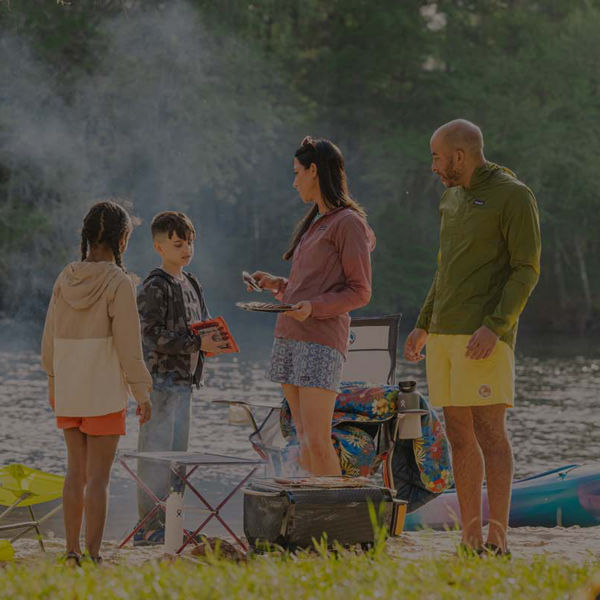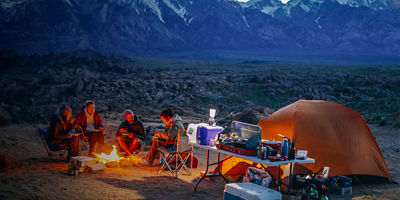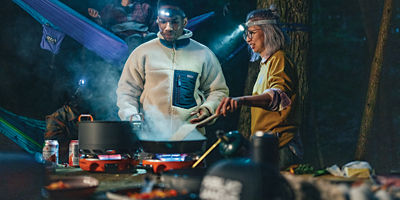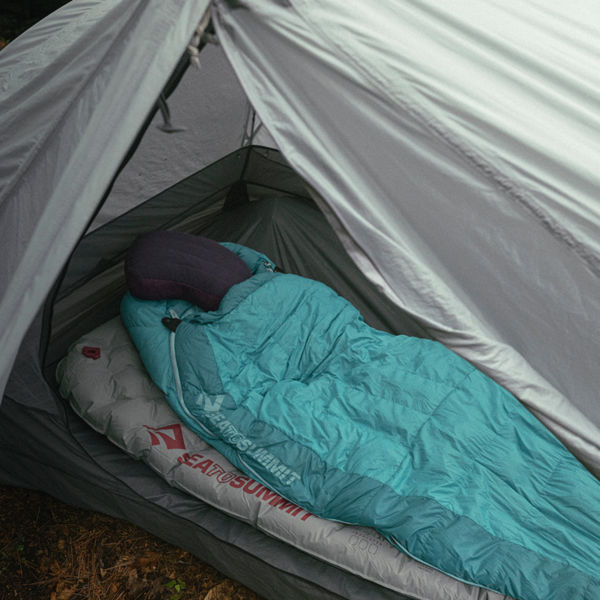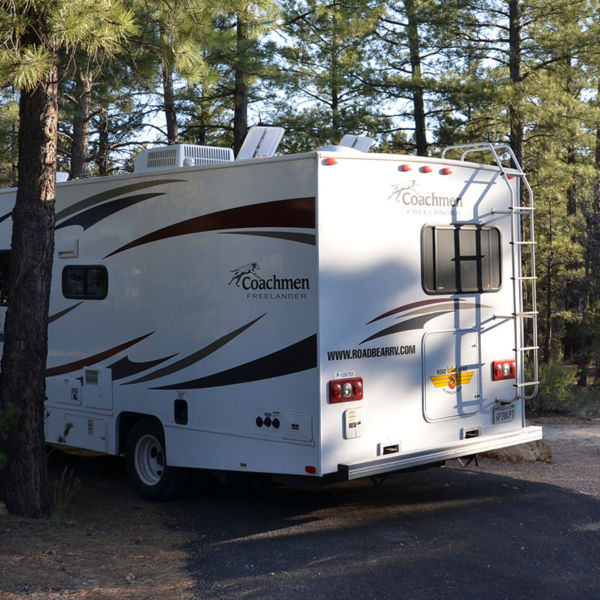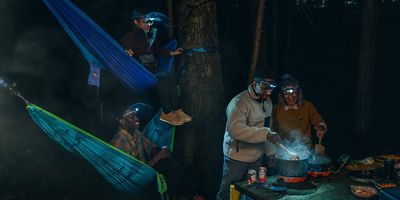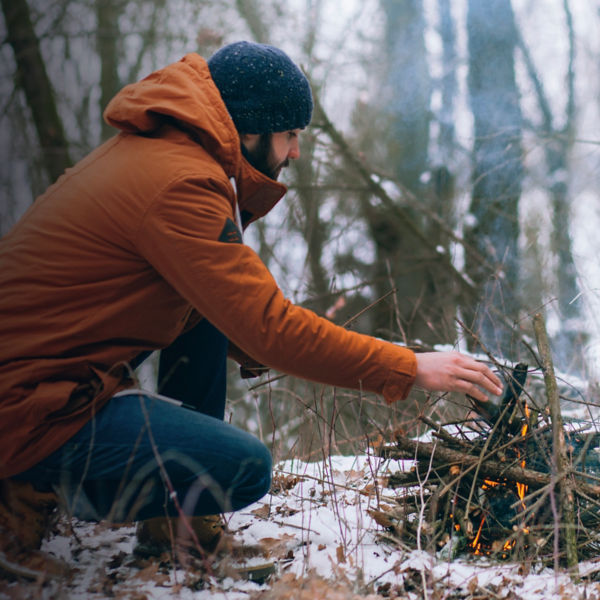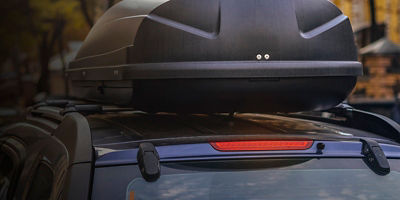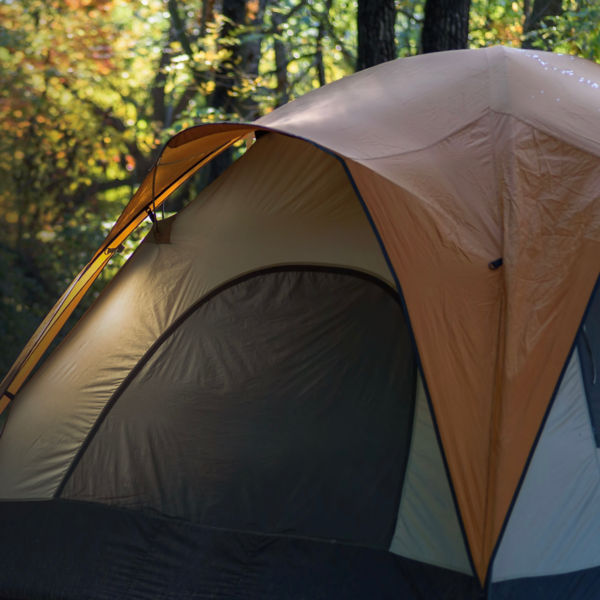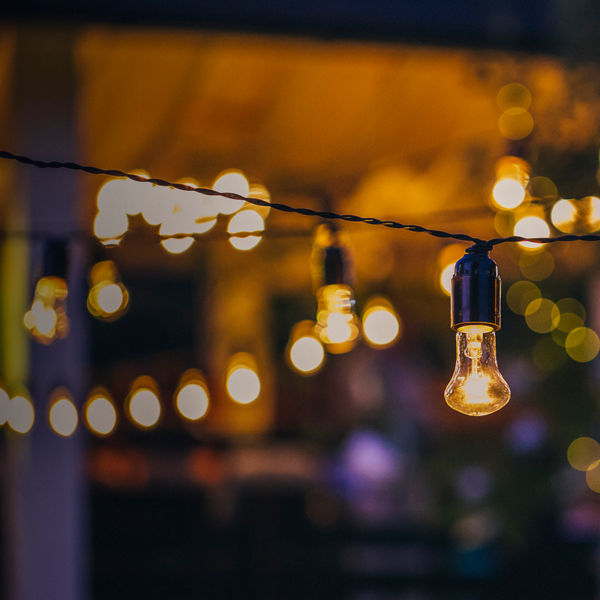
Setting the mood at camp is easy with the right lighting. Cozy, energized, whimsical, safe: All these feelings can be influenced by the type of lights you set up. Forget fragile kerosene lanterns; nearly all camp lights are now made with LED bulbs, which are highly efficient, can get seriously bright, and don’t cast off much heat.
While some lights serve unique purposes, other quality camp options serve multiple purposes—such as charging USB-compatible electronics, setting an ambient mood, or providing a margin of safety while you work in the dark. Which lights best serve your campsite needs will depend on how much space you aim to illuminate, the level of brightness, battery life, plus the accessory or system’s overall portability and packability.
Specs
There’s a whole vocabulary that comes with lighting, here are some of the basics:
Lumens describe the max light output, or the power of the light. Higher lumens indicate a more powerful beam of light, while lower lumens indicate softer light.
Run time will vary depending on the type of light, lumen output, and battery capacity or energy source. Solar-powered lights, for example, could run forever in a sunny place; battery-powered lights will only last as long as the battery holds its charge.
Lanterns are free-standing lights that can usually spray light 180 to 360 degrees. These will produce some of the strongest and most customizable light beams—perfect for everything from the camp kitchen to the picnic table after dark. Cook dinner and play cards without worrying you’ll miss a thing. There are three basic types of lanterns:
Electric lanterns are great for car camping and some backpacking trips with larger groups of people.
- Pros: adjustable lumens for both high and low light output; reliable in poor weather conditions; rechargeable; some have crank handles to recharge batteries; some can take batteries or recharge at home in between trips; long run times (up to 50 hours on low-lumen settings)
- Cons: can be heavier than other light systems
Inflatable lanterns pack down to a flat disk when you’re on the trail, but blow up into a lantern once you settle into camp. Nearly all are solar-powered, making them a great companion for long treks.
- Pros: adjustable lumens; solar-powered; supremely packable; can be lightweight; long run times (up to 50 hours on low-lumen settings)
- Cons: require sunlight or pre-charging at home
Candle lanterns are rarely used, but come in handy in particular scenarios, like when sunlight or electricity is completely unavailable, you’re setting a nostalgic mood, or looking for help keeping mosquitos at bay.
- Pros: don’t require sunlight, batteries, or electrical source to charge; nostalgic effect; can double as a mosquito repellant if citronella candles are used
- Cons: potential fire hazard; not ideal in inclimate weather; requires lighter/matches; short run-time (up to 10 hours per candle, depending on conditions); low lumens







